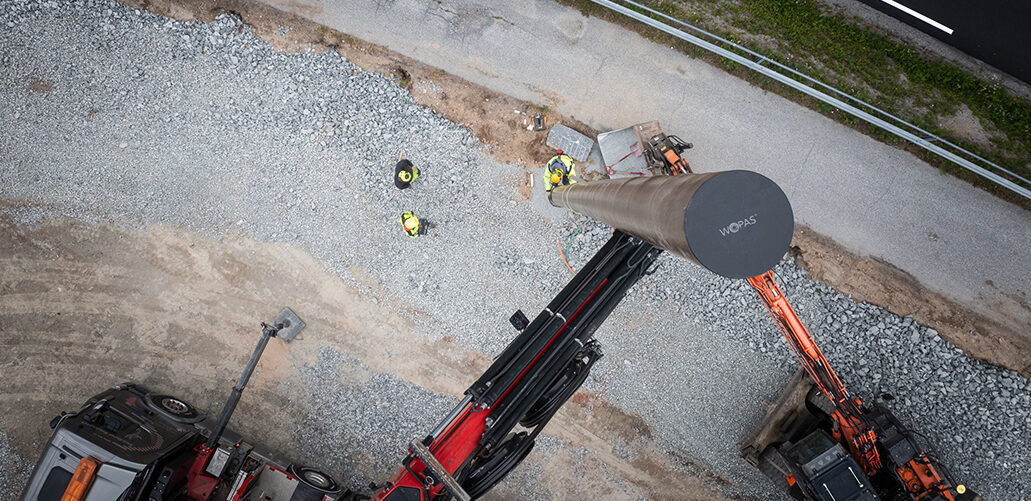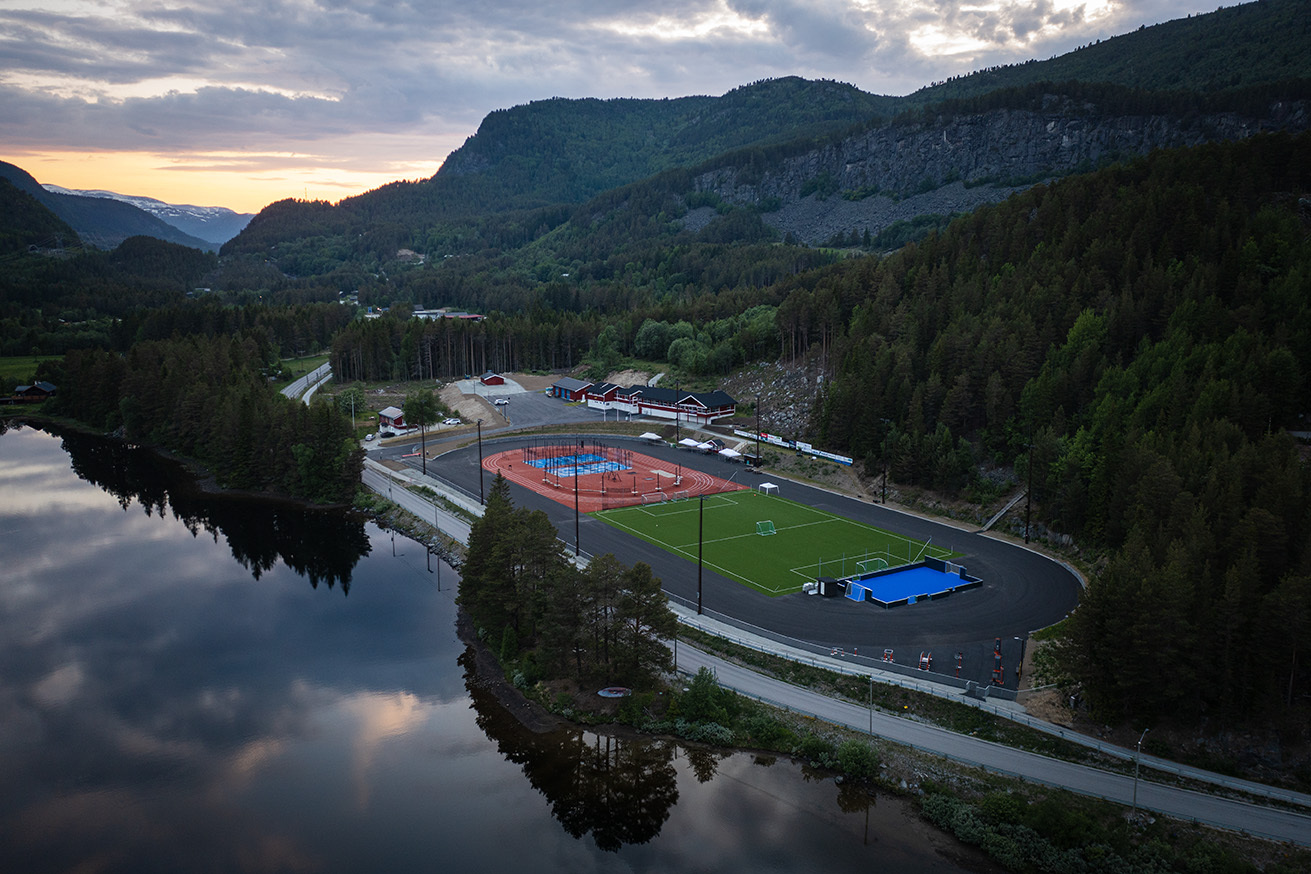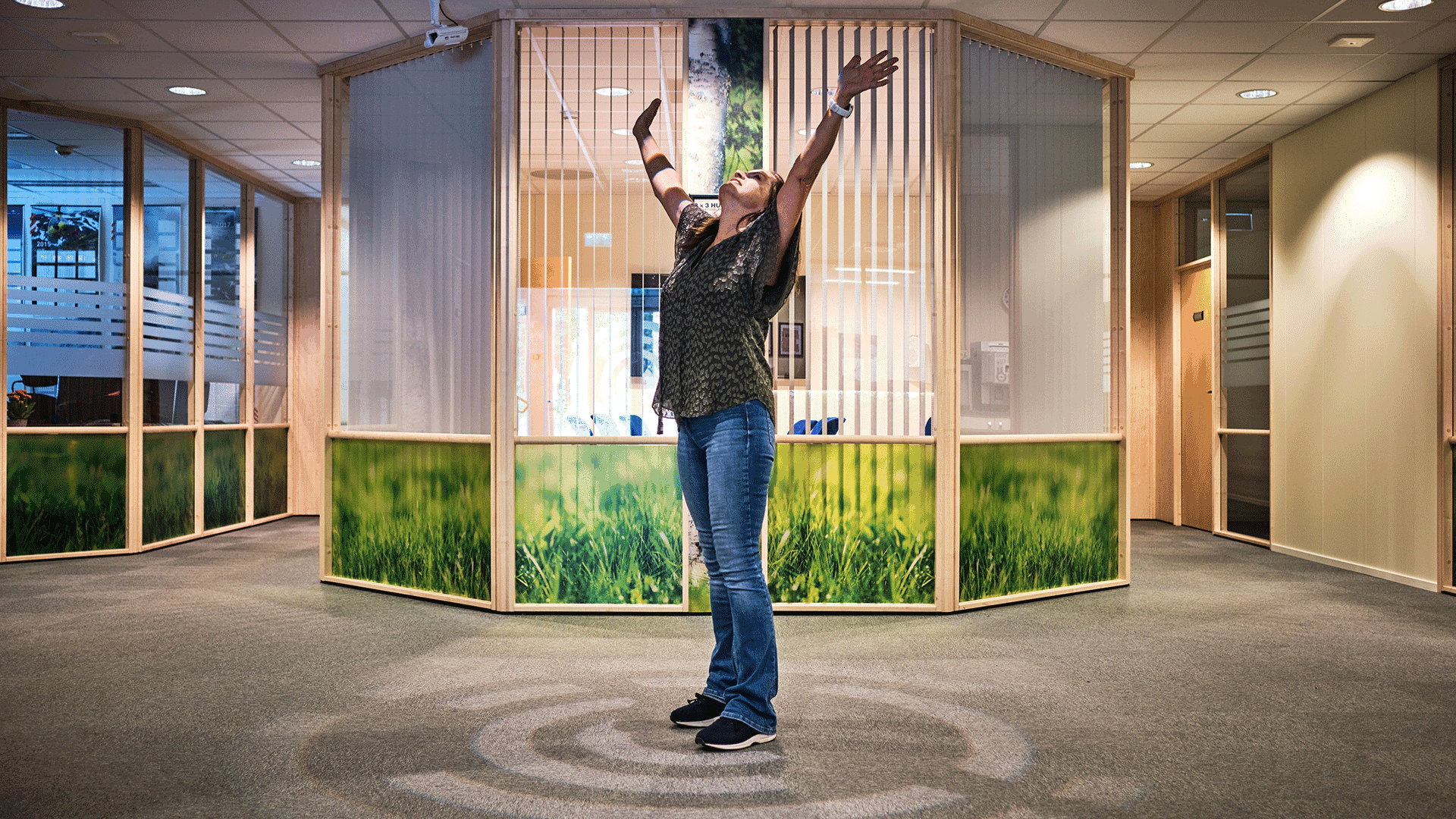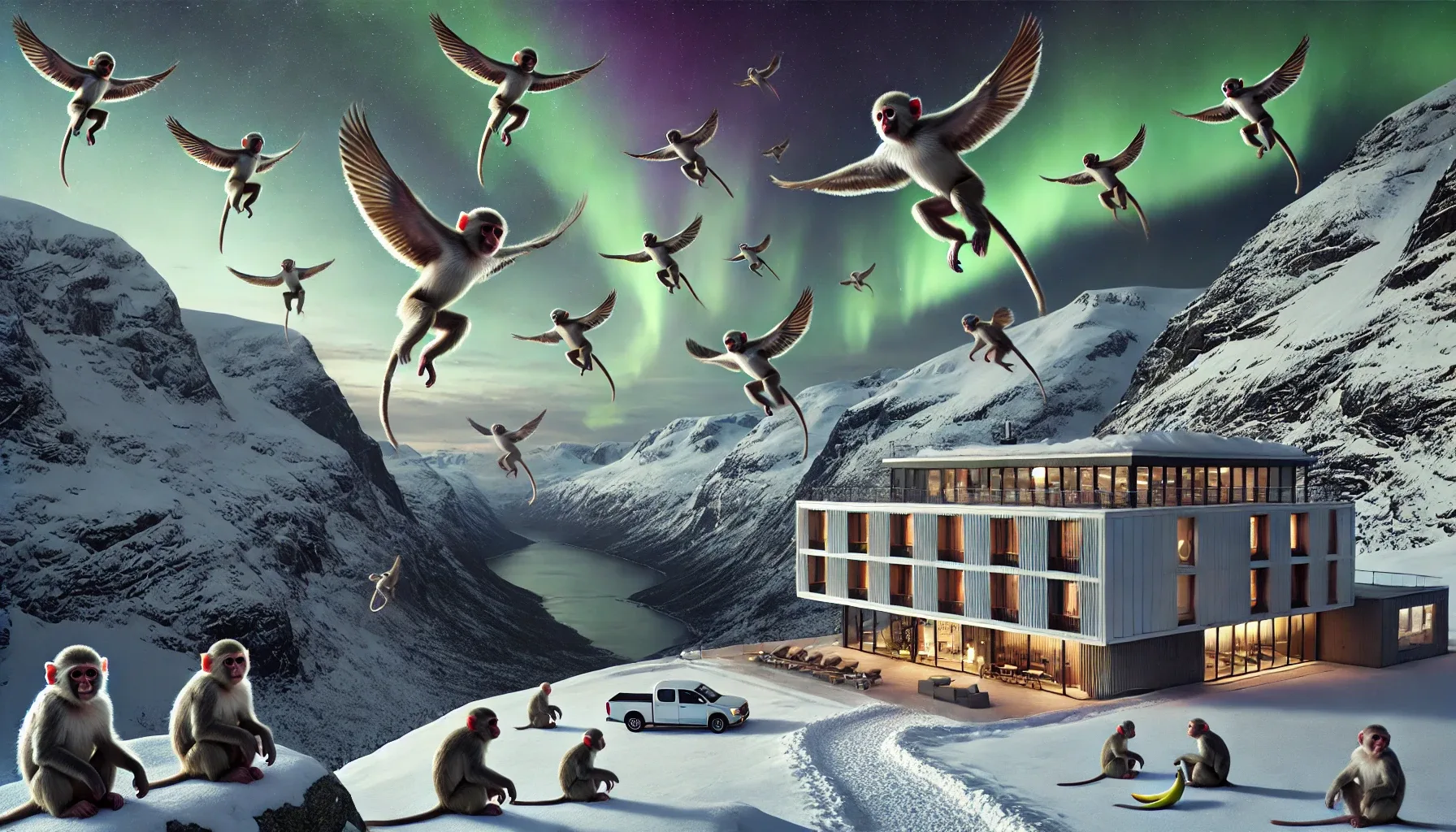Sustainability: More than climate and environment
Branding

When we talk about sustainability in Norwegian municipalities, it’s easy to focus on climate, environment, and resource management. But what if we broaden our perspective? I argue that sustainability is about much more than environmental measures – it’s about creating holistic communities that work for everyone.
A story of inspiration
I’ll never forget the day Jann Engstad from Lofoten received the "Glass Bear" award for Norway’s most environmentally friendly business. He had traveled far to learn more about sustainability in practice, and his enthusiasm was contagious.
At the time, I was running Høve Støtt AS, a company specializing in guided tours, culture, and storytelling. We were already deeply committed to our own identity and cultural heritage – something that has always been central to our work.
A turning point came when I realized that ecotourism could be a way forward for us. But what does sustainability in tourism actually mean, and why is it so difficult to achieve?
Sustainability in a broader perspective
Sustainability is a word that is often too narrowly understood.
In Norway, we talk a lot about environment, climate, and resource management – but sustainability consists of many more elements. The UN has defined several sustainability principles, and these should guide how municipalities and local communities operate:
- Cultural identity and richness
- Aesthetic surroundings
- Biological diversity
- Environment, climate, and resource management
- Quality of life and social value creation
- Local control and engagement
- Job quality
- Experience quality and visitor satisfaction
- Healthy business economy
- Value creation in the local community
These principles show that sustainability is about more than taking the bus or reducing emissions. It’s also about quality of life, local value creation, and preserving identity and culture.
A more sustainable destination
In 2014, Geilo decided to pursue certification as a sustainable destination. It was an exciting time, but I remember how we lacked concrete tools to translate the criteria into practice.
I started collecting questions I received about sustainability, which led to the development of a card deck tool called "All Cards on the Table." The goal was to create openness and dialogue about how we can become more sustainable – not just in tourism but throughout the entire municipality.
Sustainable decisions require holistic thinking
An important point I want to emphasize is that sustainability must permeate all parts of a municipality – not just tourism. When the municipal council makes decisions, we should ask ourselves:
- How does this impact sustainability in the community?
- Does this contribute to better quality of life for residents?
- Are we preserving our cultural and economic resources?
Too often, decision papers simply state "no environmental impact." That’s not enough. We must dare to look at the bigger picture and ask how our choices impact sustainability in the long term.
Balancing development and preservation
Sustainability is about finding balance. It’s not sustainable to close schools or halt development without considering the consequences for the local community.
At the same time, we must preserve the nature and culture that make our places unique. For example, Geilo now has local food initiatives that stem from sustainability efforts. This demonstrates how concrete measures can create positive ripple effects.
Sustainability as a shared responsibility
Finally, I encourage municipal politicians, administration, and businesses to collaborate more closely. Sustainability is not something one sector can solve alone – it requires a holistic approach.
It’s about becoming more sustainable – step by step, by making thoughtful choices that benefit people, the environment, and local communities.
Remember: What’s good for those who live in a place can also be good for those who visit it. For example, see the photo from the opening of the new Hol Stadium.

Watch the film that this article is based on below*
At Hallingcast, we’ve worked with the card deck in various contexts. The author of this article, who created the card deck, once inspired us to shed light on a very large and complex topic with 10 equally important principles: Sustainability.
This inspired us to develop sustainability principles for Kantefølflak and turn the film below into a SPENST article on Hallingcast.no.We genuinely believe more businesses should use this tool. The card deck can be found, among other places, at Torpomoen, surrounded by 17 colored lights on a white table.
*The film is in Norwegian language only





